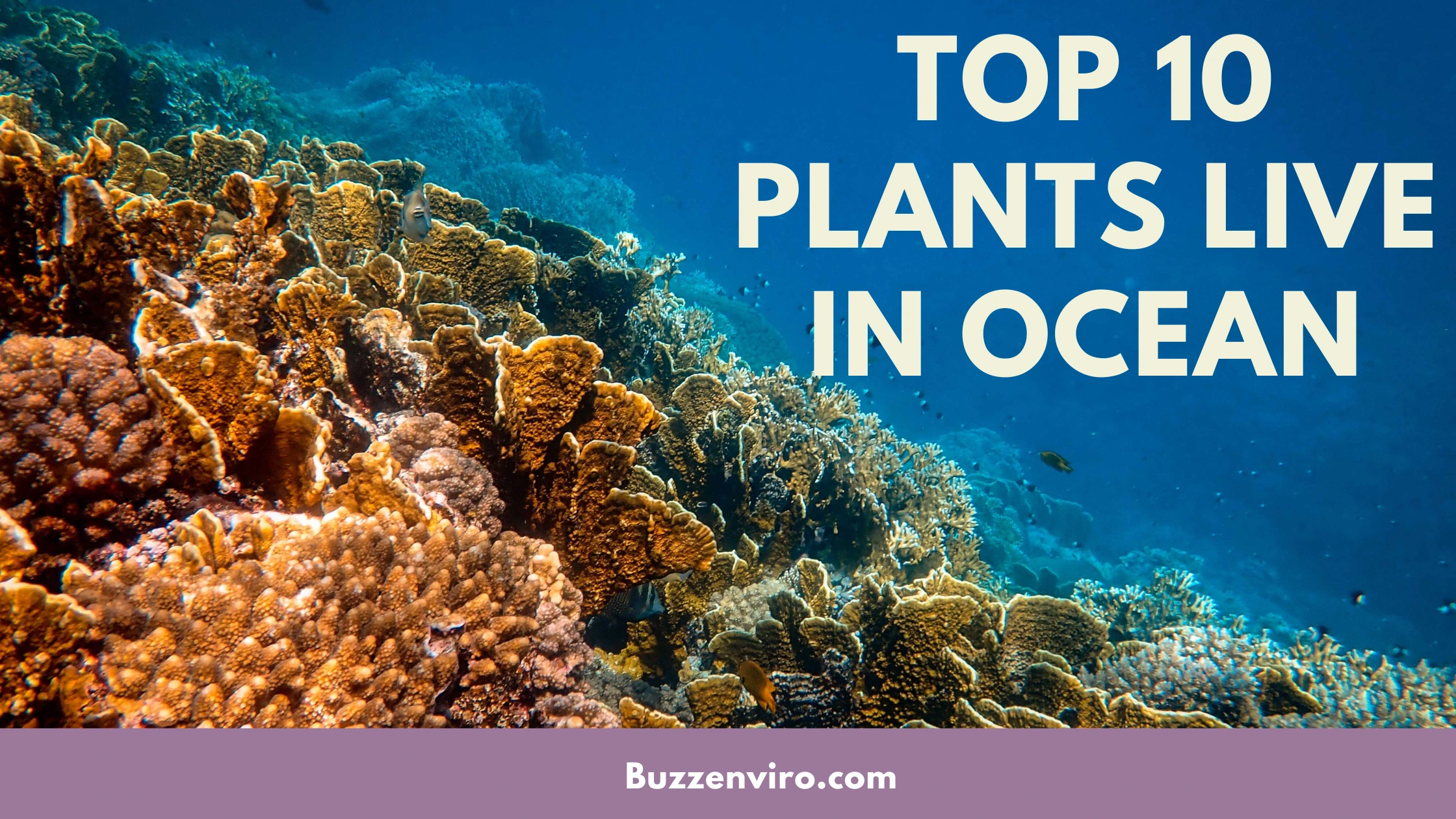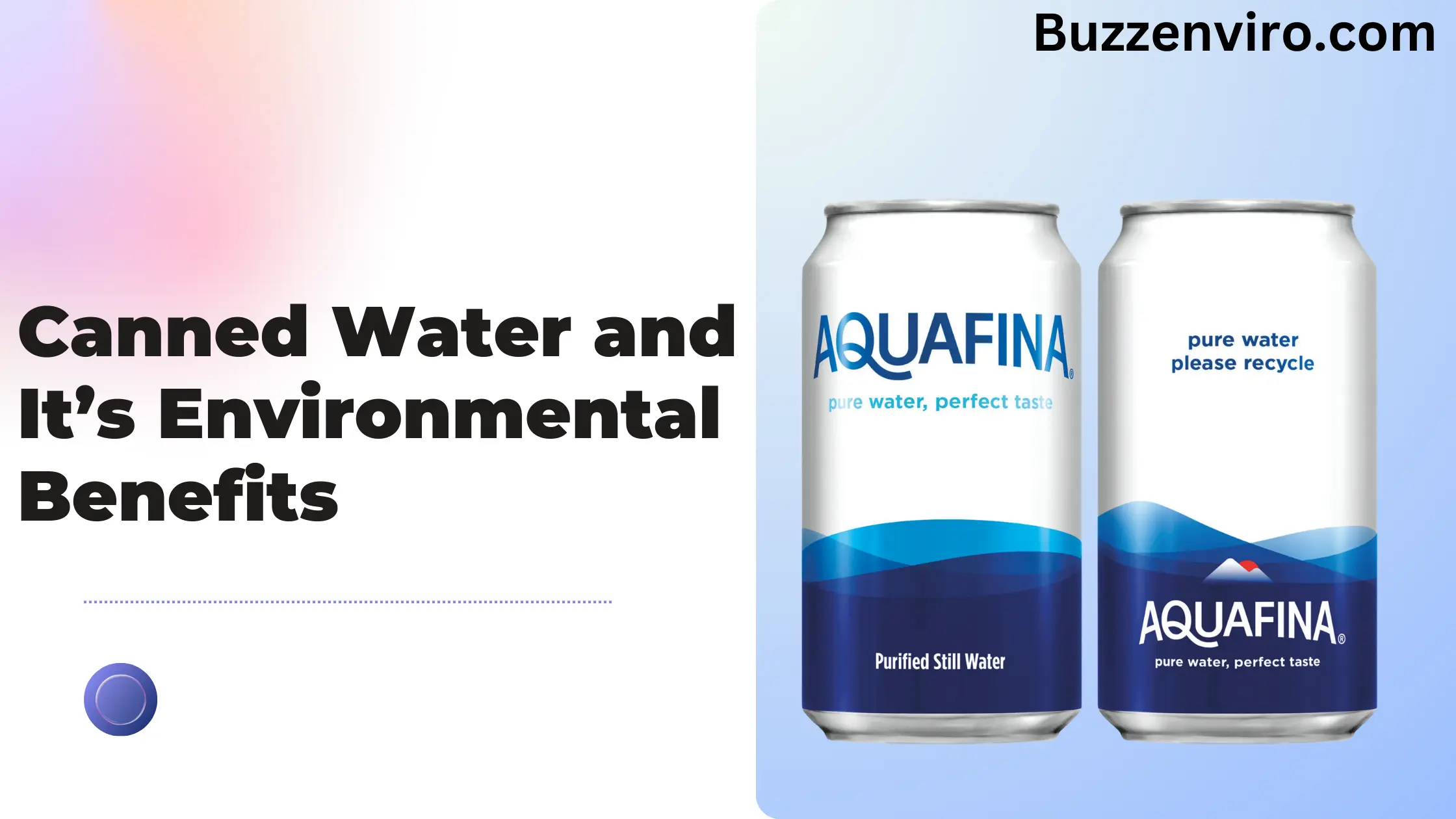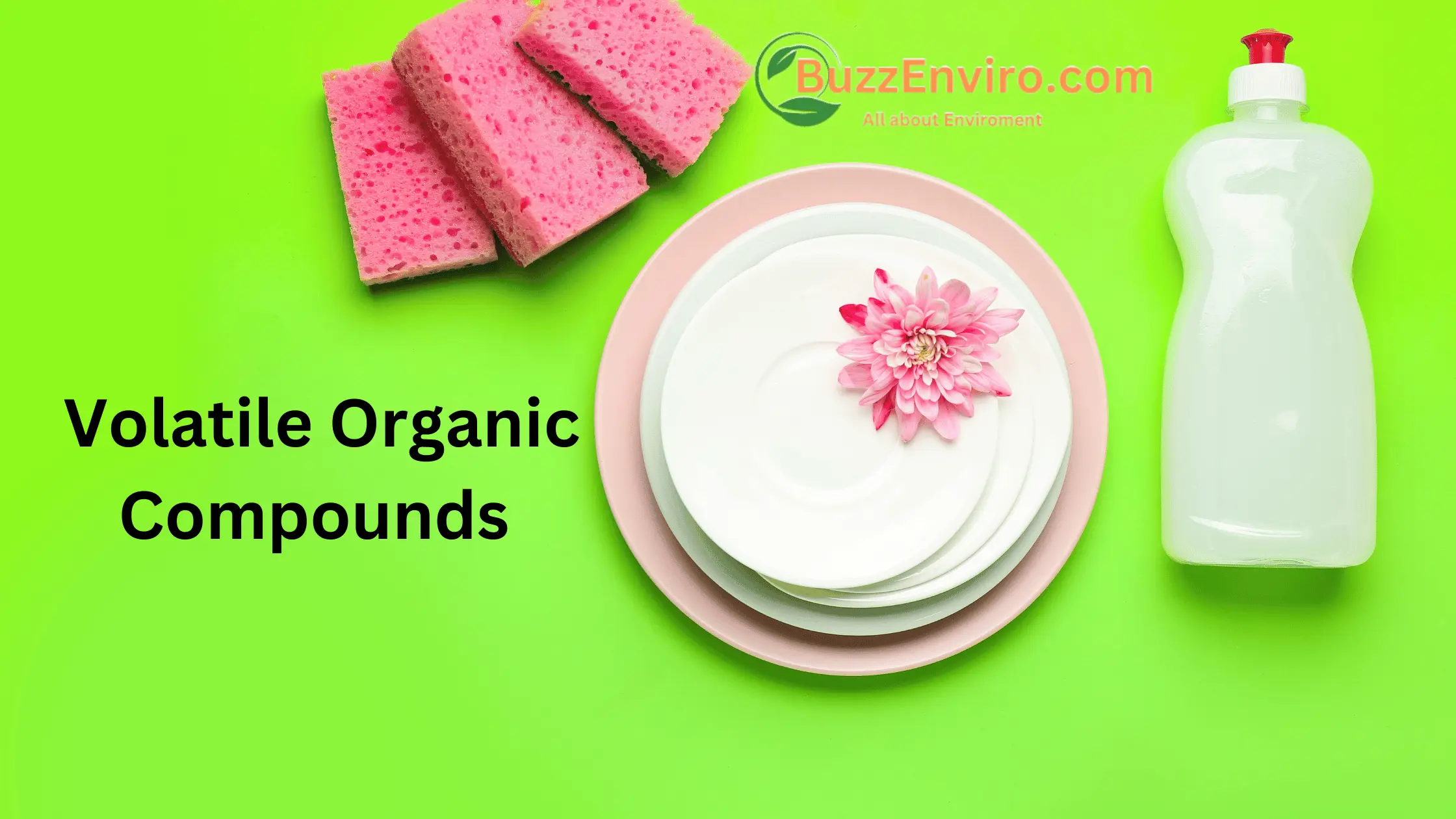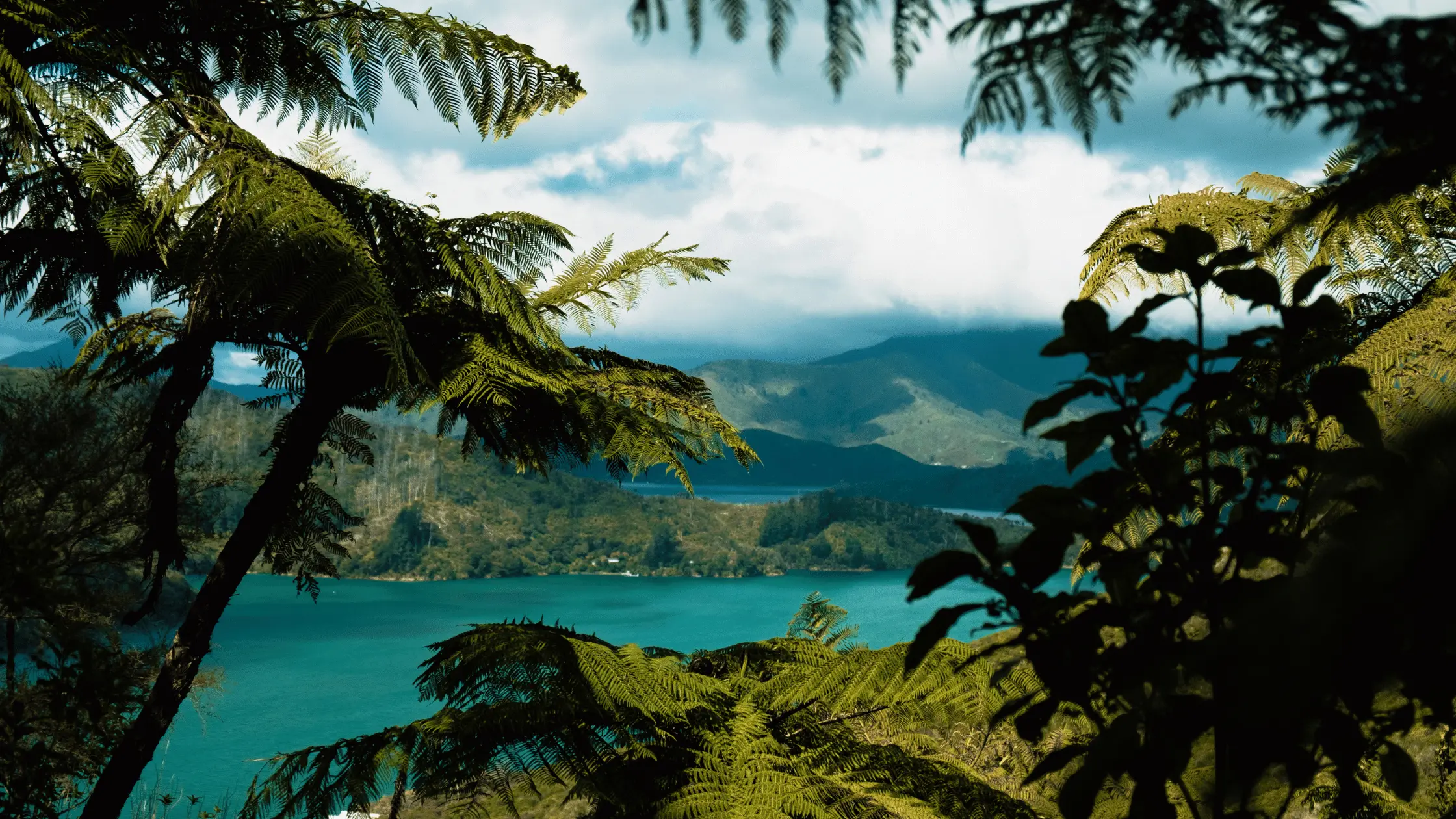The ocean is a vast and mysterious realm teeming with life, including a diverse range of plant species. These plants not only support marine ecosystems but also help maintain the overall health of the planet. From seagrasses to corals, each species plays a crucial role in providing oxygen, shelter, and food for marine life. However, many of these plants are facing increasing threats due to climate change, pollution, and human activity. In this blog, we explore 10 unique ocean plants species, where they are found, their importance, and their conservation status.
What are Ocean Plants?
Ocean plants are a diverse group of organisms that live in the ocean’s waters. These plants can range from microscopic phytoplankton to large seaweeds and seagrasses, and they play a fundamental role in marine ecosystems. Just like terrestrial plants, ocean plants perform photosynthesis, absorbing carbon dioxide and sunlight to produce oxygen, which is essential for life on Earth. Ocean plants provide habitat and food for a variety of marine life, from tiny plankton to large marine mammals. They also help stabilize coastlines, protect against erosion, and contribute to carbon sequestration, which helps mitigate climate change.
Top 10 Plants lives in a Ocean
1. Posidonia Oceanica (Mediterranean Seagrass)

- Location: Mediterranean Sea
- Unique Traits: Posidonia oceanica is one of the most important and unique seagrass species in the Mediterranean. It forms vast meadows that play a vital role in stabilizing the seabed and preventing coastal erosion. Posidonia is an excellent carbon sink, helping to mitigate climate change by sequestering carbon from the atmosphere.
- Conservation Status: Although Posidonia oceanica meadows are found throughout the Mediterranean, they are threatened by human activity, such as coastal development and pollution. Due to this, the plant is considered vulnerable, with some areas experiencing up to a 50% reduction in meadows in the last few decades.
2. Kelp (Macrocystis Pyrifera)

- Location: Pacific Ocean, particularly off the coast of California
- Unique Traits: Kelp forests, created by Macrocystis pyrifera, are some of the most biodiverse ecosystems on Earth. These large brown algae can grow up to 2 feet per day, providing shelter for countless species of fish, invertebrates, and marine mammals. Kelp forests also support commercial fisheries and serve as vital breeding grounds for marine species.
- Conservation Status: Kelp forests are currently at risk from climate change, ocean acidification, and overfishing. In some regions, kelp forests have experienced dramatic declines, with estimates suggesting a 40% decrease in kelp forests off the California coast over the past few decades.
3. Sargassum (Sargassum Natans and Sargassum Fluitans)

- Location: Atlantic Ocean, particularly in the Sargasso Sea
- Unique Traits: Unlike other seaweeds, Sargassum floats freely on the ocean’s surface, forming large mats that provide essential habitats for various marine species. The mats of Sargassum are used by sea turtles, fish, and birds as shelter, breeding grounds, and foraging areas. These floating ecosystems are essential for biodiversity in the Atlantic.
- Conservation Status: Sargassum populations have been increasing in recent years, with some experts speculating that climate change and warming waters are causing this surge. While Sargassum can be beneficial, its excessive growth due to nutrient pollution can have negative impacts on marine life and coastal ecosystems.
4. Turtle Grass (Thalassia Testudinum)

- Location: Caribbean Sea, Gulf of Mexico, and the Atlantic Ocean
- Unique Traits: Turtle grass is named for its importance as a primary food source for green sea turtles. The plant forms dense meadows on shallow seabeds and provides critical habitats for juvenile fish, crustaceans, and invertebrates. Turtle grass plays an essential role in maintaining water quality by stabilizing sediments and preventing erosion.
- Conservation Status: Turtle grass is facing threats from coastal development, boat traffic, and nutrient pollution. Overfishing and the decline in sea turtle populations also affect its survival. Conservation efforts are focused on protecting seagrass meadows, as their loss would significantly impact biodiversity and coastal protection.
5. Coral (Acropora Species)

- Location: Indo-Pacific region, Caribbean Sea
- Unique Traits: Corals are tiny, colony-forming animals that rely on symbiotic relationships with photosynthetic algae called zooxanthellae. These algae provide nutrients to the corals, allowing them to build massive coral reefs. Coral reefs are home to over 25% of all marine species, making them among the most biodiverse ecosystems on the planet.
- Conservation Status: Coral reefs, including species of Acropora, are severely threatened by ocean warming, acidification, and pollution. Coral bleaching, which occurs when corals expel their symbiotic algae due to stress, is a significant concern. Some species of Acropora, like Acropora palmata, have seen population declines of over 80% in recent decades due to human activity and climate change.
6. Red Algae (Corallina Species)

- Location: Pacific and Atlantic Oceans, Mediterranean Sea
- Unique Traits: Red algae, such as Corallina, are characterized by their red pigments, which help them absorb light in deeper water. These algae are often calcified, which allows them to contribute to the growth of coral reefs and other marine habitats. Red algae are also used in food production (such as nori for sushi) and in the pharmaceutical industry.
- Conservation Status: Red algae species are facing pressures from pollution, ocean warming, and habitat loss. However, their ability to thrive in deeper waters and their resilience in the face of climate change make them more adaptable than other types of seaweed.
7. Sea Lettuce (Ulva Lactuca)

- Location: Atlantic Ocean, Mediterranean Sea, and parts of the Pacific Ocean
- Unique Traits: Sea lettuce is a type of green algae that forms large, leafy structures resembling lettuce. It grows rapidly in nutrient-rich waters and provides important food sources for marine herbivores. Sea lettuce can also help absorb excess nutrients in the water, which can reduce the occurrence of harmful algal blooms.
- Conservation Status: While sea lettuce is not currently at risk, overgrowth due to nutrient pollution can lead to harmful algal blooms, which can deplete oxygen levels in the water, harming other marine life. Managing nutrient runoff is essential to maintaining a healthy balance.
8. Mangrove Trees (Rhizophora Species)

- Location: Tropical and subtropical coastlines worldwide, including Southeast Asia, the Caribbean, and parts of Africa
- Unique Traits: Mangrove trees are unique for their ability to thrive in saltwater, thanks to specialized roots that filter out salt. These trees create coastal forests that act as nurseries for many marine species, including fish, crabs, and mollusks. Mangroves also protect coastlines from erosion and storm surges.
- Conservation Status: Mangrove forests are under threat due to coastal development, logging, and pollution. Around 35% of the world’s mangrove forests have been lost in the past few decades. Efforts to restore mangrove ecosystems are crucial for protecting coastal biodiversity and mitigating the effects of climate change.
9. Phytoplankton (Diatoms, Cyanobacteria)

- Location: Oceans worldwide, particularly in the Arctic, Atlantic, and Pacific Oceans
- Unique Traits: Phytoplankton are microscopic, photosynthesizing organisms that form the foundation of the ocean’s food web. These organisms produce a significant portion of the Earth’s oxygen and contribute to carbon sequestration. Phytoplankton serve as the primary food source for many marine creatures, from tiny zooplankton to large whales.
- Conservation Status: Phytoplankton populations are being affected by ocean acidification, warming temperatures, and pollution. Changes in phytoplankton abundance and composition could have cascading effects on marine ecosystems and global climate.
10. Encrusting Coralline Algae (Corallina Officinalis)

- Location: Atlantic and Mediterranean Seas, Pacific Ocean
- Unique Traits: Encrusting coralline algae, such as Corallina officinalis, are calcified algae that form hard, crust-like structures on rocks and coral reefs. These algae help cement coral reef structures together and contribute to the formation of the reef’s framework. They are essential for the structural integrity of coral ecosystems.
- Conservation Status: Encrusting coralline algae are vulnerable to ocean acidification, as the decrease in pH affects their ability to produce calcium carbonate. As coral reefs face degradation, the loss of these algae could further destabilize reef ecosystems.
Conclusion
Ocean plants are not only beautiful but essential for maintaining healthy marine ecosystems. They provide oxygen, food, shelter, and contribute to coastal protection and climate regulation. However, many of these species are under threat from climate change, pollution, and habitat destruction. Conservation efforts are crucial to preserving these vital plants and ensuring the health of our oceans for future generations. By protecting these unique species, we can help safeguard the delicate balance of marine ecosystems around the world.






